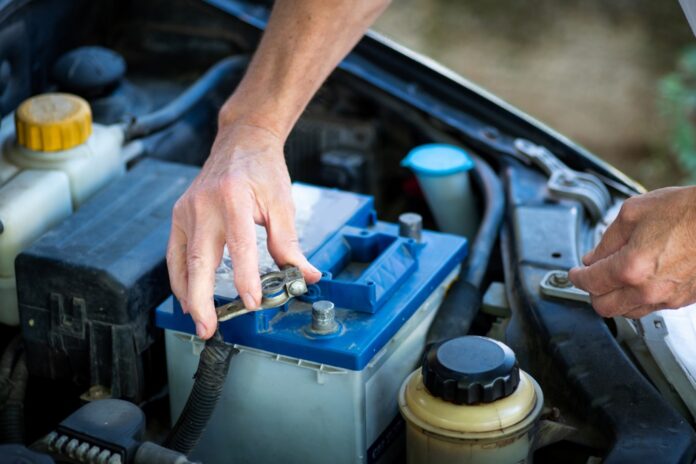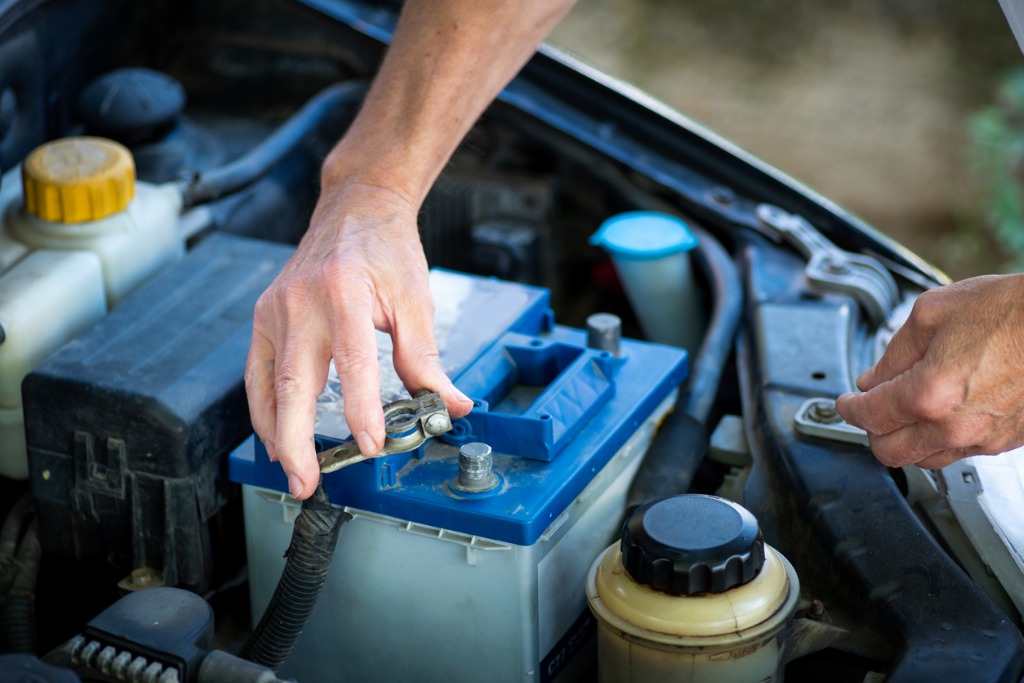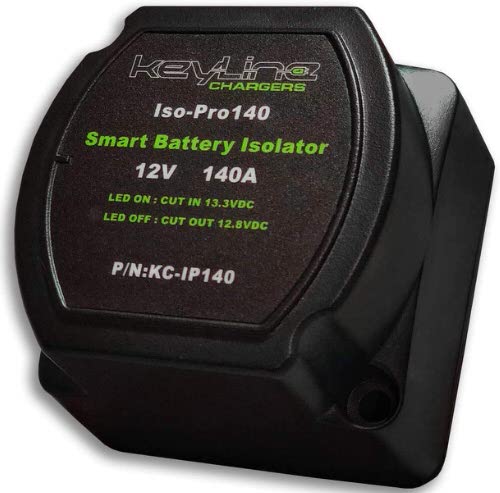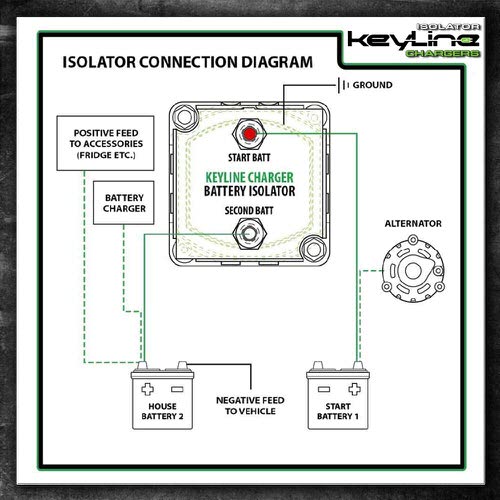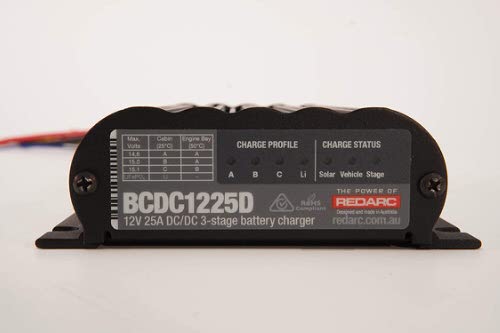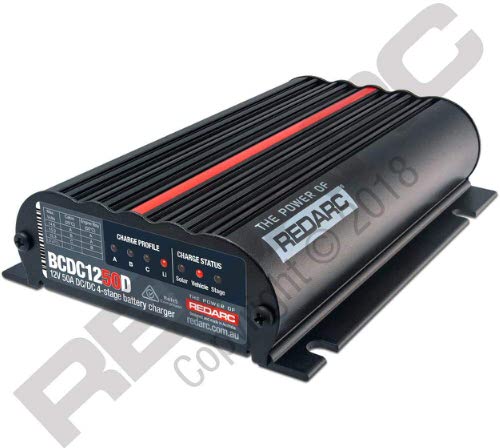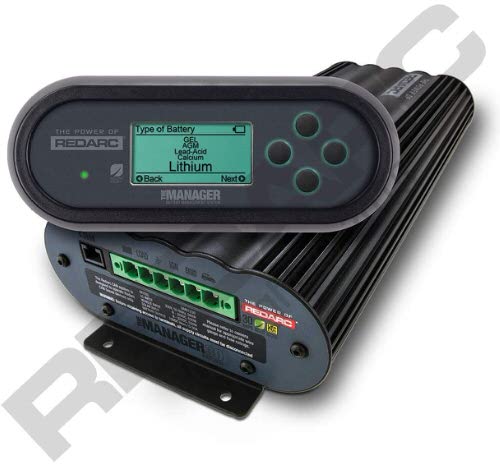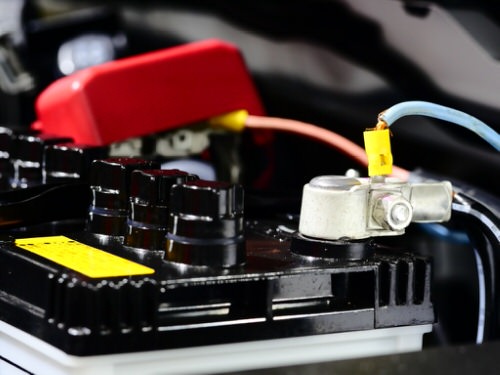photo by Stefan Tomic via iStock
Dual battery setups can be complicated – especially if you are not accustomed to how electrical installations work.
If done incorrectly they can lead to premature wear of your batteries, insufficient or excessive charging, or even damage your 4WD.
In today’s article, we’ll go through some tips that will help you understand how a dual battery system works while also letting you know what kind of setup is best for your specific vehicle.
Dual Battery Charging Setup: Use an Isolator
The isolator is the simplest form of a dual battery setup. The way it works is simple. When you turn your vehicle on, the charge from your alternator goes to both the starting battery and the accessory battery. When the vehicle is switched off, the isolator will ensure all your accessories use power from the second auxiliary battery and not your starting battery. Because of the isolator, you will be able to start your vehicle regardless of how many accessories you used overnight.
The benefits of isolators are that they are easy to install and cheap. However, they are limited by how much charge the alternator puts out and will only work with older fixed alternators.
New engines have smart alternators on which output voltage can change, and these types of alternators will not work with an isolator.
Another limitation is that deep cycle batteries have a limited amount of voltage that they can be charged at – this is usually around 14.6 volts. Any more than that and you will be damaging your battery. An isolator will not provide voltage control; therefore, your batteries will not be charged optimally which can lead to premature wear.
If you have a new vehicle or need more life out of your deep cycle battery you will have to go to the next level of battery charger.
Dual Battery Charging Setup: DC-DC Battery Chargers
The main difference between a DC-DC battery charger and an isolator is that it controls the voltage going into your battery.
A DC-DC charger fills up your battery in stages. The first 80% of charge is done using high current – as soon as the battery reaches 80% of charge, the charger will enter stage two which will charge the battery at a low current but high voltage. This is exactly what a deep cycle battery needs to ensure a prolonged lifespan.
When the battery is at 100% of charge the DC-DC charger will change the state of charge to something called float charging. In this state, the charger will feed the battery with a low amount of voltage and current to maintain a 100% charge. This will ensure you have the most amount of energy available when needed while also protecting your battery from being overcharged.
Learn More:
What Size Charger Do You Need?
You should get the fastest charger your battery can handle. If you have a normal 14.6v and 30 AMP battery you should go with a 25-30 AMP charger. If you have two of those batteries, you can upgrade to a 50 AMP charger. This will give you the best dual battery charging setup for overlanding and off-roading.
12V Management System
Imagine driving around without a fuel gauge. It would involve a lot of guesswork! The same goes for your 12V electrical system. A device that will tell you the current charge available is crucial.
A good 12V management system, like the REDARC Manager30, will display the current charge your batteries have, how much power plugged in accessories draw, and finally the charge that is entering the system from your solar panel or alternator.
When the time comes to install a DC-DC system make sure to also include a 12v management display like the one mentioned above.
I’m having the Manager30 installed in my rig to serve these exact purposes. I’ll have a well-managed system that gives me reliable power when I need it – and none of the worry! For my money, it is a critical component of a good dual battery charging setup.
photo by Supersmario via iStock
To summarize the points made above, if you need the cheapest possible charging system and you have an old vehicle, use an isolator. If you want something more advanced or your vehicle is new, you should go with the fastest DC-DC charger possible for your specific battery. Furthermore, to get the most out of your dual battery charging setup, make sure you can monitor your 12V system with a battery management system like the REDARC Manager30.
We hope that this article has helped you get a better understanding of vehicle charging systems. Which one would you go for?



